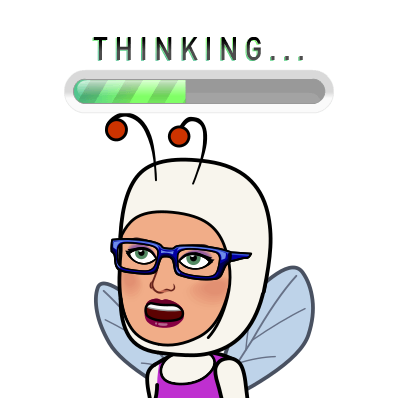Watchful Wishing Whirling Wandas Whale Pleas
Wanda watches wistfully wishing while whirling and twirling along sandy shores in hopes of seeing a whale. Coincidentally the whales seem to respond but who sees the whale sightings? This rhyming story celebrates a little girl’s optimistic determination to discover the awestruck wonder of one of the largest animals in the world.
Available at:
The Backstory
It was December 2017 and our family was in Hawaii for just before Christmas. We met our friends Rick and Karen at an Italian restaurant. Karen and I were chatting about writing and whales. One thing led to another and we were brainstorming whale story concepts. Initially the idea was to write a story about a little girls who would see whales , tell everyone that she saw one but every time people looked there wasn’t one, so she would appear to be lying until finally she would be able to share the real experience with someone. Well I began writing with this intent and the story evolved another way in which everyone else sees the whales expect Wanda. I really wanted the grandparents to save the day, as so often grandparents have a way to make wishes come true…ordinary super heroes.


A self-portrait of Keith Cains
About the Illustrator
Keith has always drawn and painted. As a child, after the war when here were shortages of so many things, he would paint Christmas cards for the family to send to friends and relatives. In the early days most of his work involved pencil drawings and later he did many pen and ink drawings. This was complimented by his work as a draftsman for many years.
In recent years Keith has been drawn into the fascinating and often frustrating world of watercolour painting. He says sometimes it seems like the paints have a mind of their own which can often lead to surprising results, sometimes good and sometimes not so good. Keith draws inspiration mostly from the natural world, landscapes, seascapes, birds and animals in particular but recently he has turned his hand to portraits and figure painting. He sees each new painting as an exciting journey, never sure of where the path will lead but always interesting and rewarding. His immediate ambition is to embark on some large scale works which he sees as particularly challenging for the watercolour painter. Maybe he just needs larger brushes. Now, if he can just get the cat to move off his drawing-board…..
He has participated in the Sidney Fine Art Show several times and in 2015 earned Honorable Mention for his work titled “Family Elephant”.
Guide for Reading: PRC
Predictions, Reflections and Connections
Predictions
Predicting is an essential tool when developing as a strong reader. This story has been written to hook the young audience in engaging in predictable events.


Reflections
Reflecting throughout a book makes the story extra personal and come alive. It reflects a reader’s level of comprehension. A more thoughtful and complex reflection and connection reveal a higher understanding of the story. They also help reinforce one’s memory sequence which forms the basis of a retelling with more detail and reference to nuance. A simple and literal retelling reflects a more simplistic understanding.
Connections
Making connections facilitates a deeper understanding of a story through making inferences, noting details and relating them to prior information. It is seeing, linking, and articulating other topics and events to the story. The reader is applying this reading experience to other learned information. Often when making connections the reader will arrive at exciting new insights that extend beyond the literal story.



